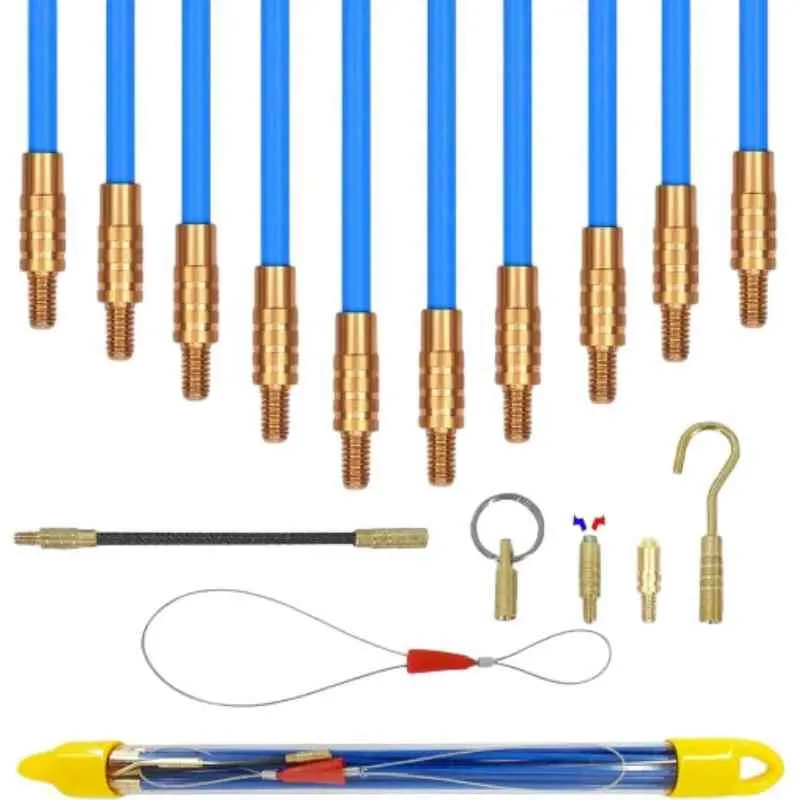
-
 Afrikaans
Afrikaans -
 Albanian
Albanian -
 Amharic
Amharic -
 Arabic
Arabic -
 Armenian
Armenian -
 Azerbaijani
Azerbaijani -
 Basque
Basque -
 Belarusian
Belarusian -
 Bengali
Bengali -
 Bosnian
Bosnian -
 Bulgarian
Bulgarian -
 Catalan
Catalan -
 Cebuano
Cebuano -
 Corsican
Corsican -
 Croatian
Croatian -
 Czech
Czech -
 Danish
Danish -
 Dutch
Dutch -
 English
English -
 Esperanto
Esperanto -
 Estonian
Estonian -
 Finnish
Finnish -
 French
French -
 Frisian
Frisian -
 Galician
Galician -
 Georgian
Georgian -
 German
German -
 Greek
Greek -
 Gujarati
Gujarati -
 Haitian Creole
Haitian Creole -
 hausa
hausa -
 hawaiian
hawaiian -
 Hebrew
Hebrew -
 Hindi
Hindi -
 Miao
Miao -
 Hungarian
Hungarian -
 Icelandic
Icelandic -
 igbo
igbo -
 Indonesian
Indonesian -
 irish
irish -
 Italian
Italian -
 Japanese
Japanese -
 Javanese
Javanese -
 Kannada
Kannada -
 kazakh
kazakh -
 Khmer
Khmer -
 Rwandese
Rwandese -
 Korean
Korean -
 Kurdish
Kurdish -
 Kyrgyz
Kyrgyz -
 Lao
Lao -
 Latin
Latin -
 Latvian
Latvian -
 Lithuanian
Lithuanian -
 Luxembourgish
Luxembourgish -
 Macedonian
Macedonian -
 Malgashi
Malgashi -
 Malay
Malay -
 Malayalam
Malayalam -
 Maltese
Maltese -
 Maori
Maori -
 Marathi
Marathi -
 Mongolian
Mongolian -
 Myanmar
Myanmar -
 Nepali
Nepali -
 Norwegian
Norwegian -
 Norwegian
Norwegian -
 Occitan
Occitan -
 Pashto
Pashto -
 Persian
Persian -
 Polish
Polish -
 Portuguese
Portuguese -
 Punjabi
Punjabi -
 Romanian
Romanian -
 Russian
Russian -
 Samoan
Samoan -
 Scottish Gaelic
Scottish Gaelic -
 Serbian
Serbian -
 Sesotho
Sesotho -
 Shona
Shona -
 Sindhi
Sindhi -
 Sinhala
Sinhala -
 Slovak
Slovak -
 Slovenian
Slovenian -
 Somali
Somali -
 Spanish
Spanish -
 Sundanese
Sundanese -
 Swahili
Swahili -
 Swedish
Swedish -
 Tagalog
Tagalog -
 Tajik
Tajik -
 Tamil
Tamil -
 Tatar
Tatar -
 Telugu
Telugu -
 Thai
Thai -
 Turkish
Turkish -
 Turkmen
Turkmen -
 Ukrainian
Ukrainian -
 Urdu
Urdu -
 Uighur
Uighur -
 Uzbek
Uzbek -
 Vietnamese
Vietnamese -
 Welsh
Welsh -
 Bantu
Bantu -
 Yiddish
Yiddish -
 Yoruba
Yoruba -
 Zulu
Zulu


Nov . 03, 2024 21:24 Back to list
1 2 inch ground rod
Understanding 1% 2% Inch Ground Rods Essential Components for Electrical Safety
In the realm of electrical installations, grounding systems play a critical role in ensuring safety and reliability. A key component of these systems is the ground rod, which provides a direct electrical connection to the earth. Among various types of ground rods, the 1% 2% inch ground rod stands out for its durability and effectiveness in dissipating electrical faults.
What is a Ground Rod?
A ground rod, often made of materials such as copper or galvanized steel, is a long, thin metal rod that is driven into the ground to establish a low-resistance path to the earth. This is crucial in protecting electrical systems from surges, lightning strikes, and equipment failures. The dimensions and material of the ground rod can significantly affect its performance, with the 1% 2% inch measurements being particularly popular due to their balance between ease of installation and performance.
Importance of 1% 2% Inch Ground Rods
The designation of 1% 2% inch typically refers to the thickness and diameter of the rod—values that contribute to the rod’s strength and conductivity. These rods are sufficiently robust to withstand harsh environmental conditions while maintaining a strong electrical connection to the ground. A robust ground rod minimizes the impedance, allowing for efficient dissipation of electrical faults.
One of the primary advantages of using a 1% 2% inch ground rod is its compatibility with various grounding systems. Electricians and engineers favor these rods for residential, commercial, and industrial applications because they can be easily integrated into existing frameworks. Whether it’s for preventing electrical shock, protecting equipment, or ensuring compliance with local electrical codes, these ground rods are a reliable choice.
1 2 inch ground rod

Installation Considerations
Proper installation is vital for maximizing the effectiveness of a ground rod. When installing a 1% 2% inch ground rod, it is essential to
1. Select the Right Location The chosen site should be free of obstructions like underground utilities, and away from sources of contamination that may affect conductivity. 2. Drive the Rod Deep Enough Typically, a ground rod should be driven at least 8 feet deep into the ground, but local regulations may dictate specific requirements. Deeper installation improves grounding efficiency.
3. Ensure Proper Connections All connections must be tightly secured to ensure a low-resistance path. Corrosion-resistant connectors are recommended for longevity.
4. Test the Grounding System After installation, testing the resistance of the grounding system is crucial. A well-grounded installation should ideally have less than 25 ohms of resistance.
Conclusion
The 1% 2% inch ground rod serves as an indispensable component of electrical grounding systems. By providing a reliable connection to the earth and ensuring safety against electrical faults, these rods play a crucial role in the overall health of electrical installations. By understanding their importance and adhering to proper installation practices, professionals can significantly enhance electrical safety and performance, safeguarding both people and equipment from potential dangers.
Latest news
Your Best Choice for Duct Rodder and Fish Tape Wire Puller Tools
NewsAug.13,2025
Unlocking Efficiency and Precision with Premium Cable Tools and Equipment
NewsAug.13,2025
Smart Solutions with Precision: Cable Pulling Tools That Deliver
NewsAug.13,2025
Reliable Protection with Advanced Hot Stick Technology
NewsAug.13,2025
Reliable Cable Installation Tools at Your Fingertips
NewsAug.13,2025
Optimized Cable Laying with Heavy-Duty Solutions for Modern Projects
NewsAug.13,2025











